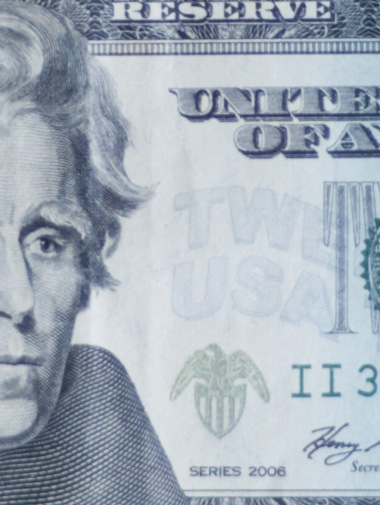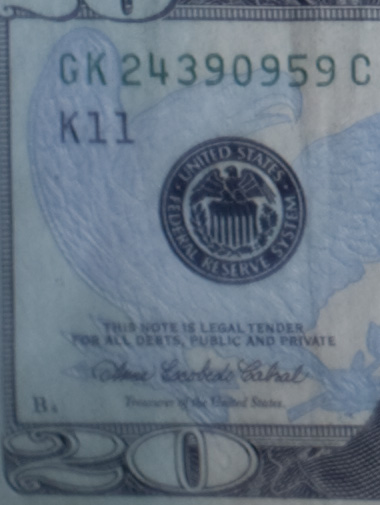
I looked at upgrading my Canon 50mm f/1.8 II this month, a lens I don’t recall seeing in the lens kit of professionals, or, in recent years, hobbyists. 50mm is a standard focal length for 35mm SLR’s, and f/1.8 a common aperture that goes with it. The 50mm f/1.8 was once the standard kit lens as well, boxed with your SLR from the 60’s to the mid-80’s—but that disappeared with the infatuation with zooms. Canon introduced the EOS model in 1987 with the first EOS film cameras. In 1991 they dumbed the lens down and cut the price to $70 (today it’s $99).
The 50mm f/1.8 II has the original’s glass, but with a cheap plastic body and mount that also lighten the lens to 4.6 oz. The distance meter is gone; autofocus is a low-tech micro motor; and the manual focus ring, re-located at the front edge, is a bit hard-to-grip and focuses coarsely. The simpler 5-blade diaphragm distorts blurred highlights into weird-looking pentaprisms. The surviving attraction is the optics, still sharp, and the speed—an f/1.8 is 2-1/3 stops faster than f/4.

I found the speed valuable in 1993 when I frequently shot 50 ISO film hand-held. I called the lens the Cheap 50. Then image-stabilized lenses emerged, and after that digital cameras with instantly-available high ISO’s. My 50 started gathering dust instead of light. I resurrected it recently for tripod-mounted scenics, and for night shots where the bright view is an advantage. If I was going to use it for scenics, though, where sharpness is a priority, shouldn’t I spring for a pricier prime?
The answer is no.
The Canon 50mm f/1.8 II lens has some nice features: it’s inexpensive, inconspicuous, helium-light and—stopped down f/4 to f/11—very sharp. Your travel bag or backpack won’t be burdened. A perhaps shocking thing, though, is that compared on sharpness, this lens equals or even outdoes Canon’s 50mm L offerings (see SLRGear.com). The Canon 50mm f/1.2L and 50mm f/1.4L are better wide open, more useful in low light, and certainly offer better “bokeh” (pleasing out-of-focus background), but they’re not necessarily sharper stopped down.
I tested the 50mm f/1.8 II by shooting raw images of $20 dollar bills with a tripod-mounted, full-frame Canon 5D Mark II, over a range of f-stops. I then examined center and corner locations of the unsharpened CR2’s using Lightroom. My results show the lens to be a little soft wide-open, but with excellent sharpness at f/5.6, and very good edge-to-edge sharpness up to f/11. Given the favorable comparison noted above with the faster primes, there’s no reason (for scenics, anyway) to change.

f/1.8 _A little soft
f/5.6 _Very sharp f/22 diffraction

f/1.8 _Soft, and dark from vignetting
f/5.6 _Pretty good sharpness
f/22 _Sharper than f/1.8; softer than f/5.6, again from diffraction
I ran the same test for the 40mm end of my Canon 17-40mm f/4 L. My results were a bit inconclusive, so I won’t reproduce them here, but the Cheap 50 had as good or better sharpness and won handily comparing chromatic aberration. I also found a couple of websites with excellent lens tests. Both examined in detail the Canon 50mm f/1.8 II: See www.dpreview.com and www.photozone.de.
The 50mm f/1.8 II is an excellent lens choice for high-pixel-count panoramas. I like the field-of-view of the vertically-oriented 50mm, producing single-row composites of 4 to 7 or more images, and file sizes from 40 to 100 Megapixels. Good technique can produce huge prints with amazing detail.
When I backpack and kayak, I’m mostly toting f/4 lenses. The fast f/1.8 is still useful for hand-helds as the light dims, especially for moving subjects. And for night shooting it’s easier (than an f/4 lens) to compose and focus (a little less of an advantage when using dSLR’s with Live View).
I started here considering an upgrade, and end promoting a cheap lens that has terrific value and utility. The Canon 50mm f/1.8 II is better than one might expect for tripod-mounted scenics and panoramas, and a better choice for backpacking compared to an f/1.4. It yields a little ground to the faster f/1.4 for night shooting and for hand-helds, but for those shot types the Cheap 50 also trumps the dark zooms.
Gary
Apologies for the mouseover problem on the the two money images; I’ll fix that when I get the chance.